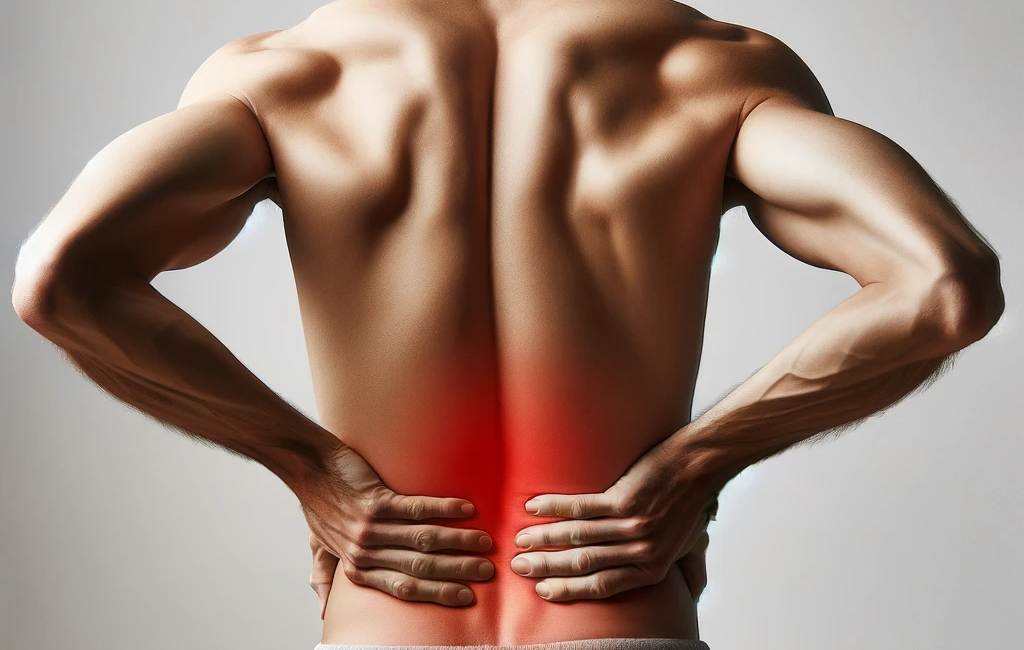San Diego, CA – In an age where back pain is a common affliction, spinal decompression stands out as a beacon of hope. This non-surgical procedure has gained support for its potential to alleviate pain and improve the quality of life for those suffering from debilitating spinal conditions. This article delves into the innovative realm of spinal decompression, shedding light on how these techniques are revolutionizing back pain management.
- The Essence of Spinal Decompression: A Brief Overview
Spinal decompression therapy is a non-invasive treatment designed to alleviate pain and promote healing in the back. By gently stretching the spine and surrounding muscles, it creates negative pressure within the intervertebral discs, which can lead to retraction or repositioning of herniated or bulging disc material. This process helps in reducing pressure on the nerves and other structures in and around the spine, thereby easing pain and fostering an environment for healing.
- Techniques Unveiled: From Traditional to Cutting-Edge
- Mechanical Decompression: Often conducted using a specialized table or device, mechanical decompression involves the controlled stretching of the spine. The patient is securely strapped to the table, which then uses motorized control to provide gentle, precise stretching of the spine.
- Manual Spinal Decompression: Performed by chiropractors or physical therapists, this technique involves hands-on spinal manipulation to stretch the spine and relieve pressure on the discs and nerves.
- Gravitational Decompression: This self-administered form of spinal decompression involves devices that harness the body and allow it to hang in such a way that the gravity of a person’s own bodyweight provides spinal decompression. The user can hang either upright or at an inverted angle. These devices can be used at home allowing for multiple daily treatments.
This type of gravity-assisted stretch can be effective in relieving spinal pain and pressure. - Aqua Decompression: A novel approach, aqua decompression involves performing spinal stretching exercises in a buoyant, aquatic environment. The water’s support reduces the stress on the spine while facilitating effective decompression.
- Yoga and Pilates-Based Decompression: Certain yoga and Pilates exercises are known to naturally elongate the spine, providing a form of decompression. These exercises focus on alignment, stretching, and strengthening the spine-supporting muscles.
- The Science Behind the Relief: Understanding the Benefits
Spinal decompression therapy has shown promise in various clinical scenarios. Studies have indicated its effectiveness in reducing pain and disability in patients with lower back pain, particularly those with herniated discs. By relaxing the lower back muscles, creating space and lowering pressure in the spinal discs, decompression therapy promotes the flow of nutrients and oxygen, essential for disc healing.
- Who Stands to Benefit: Exploring the Candidate Profile
Ideal candidates for spinal decompression therapy typically include individuals with herniated discs, degenerative disc disease, sciatica, and spinal stenosis. It’s crucial, however, for patients to undergo a thorough medical evaluation to determine suitability, as certain conditions like severe osteoporosis, spinal tumors, or advanced pregnancy may contraindicate the procedure.
- The Road to Recovery: What Patients Can Expect
The journey through spinal decompression therapy involves multiple sessions over weeks or months. Patients often report a sense of relief and improvement in function as the therapy progresses. The non-surgical nature of the treatment means minimal recovery time, making it an attractive option for those seeking alternatives to invasive procedures.
Conclusion: A New Horizon in Spinal Care
Spinal decompression techniques have opened a new chapter in the management of back pain. While not a panacea, they offer a viable, non-surgical option for many. As research continues to evolve, these techniques hold the potential to transform lives, enabling countless individuals to reclaim their mobility and freedom from pain.
This article provides an overview of spinal decompression techniques, their benefits, and potential candidates. For a more detailed exploration of each method, including patient testimonials and scientific studies, interested readers should consult relevant medical literature and specialized healthcare providers.

